Fishing the Great Smoky Mountains: Top Rivers and Lakes
The Great Smoky Mountains National Park, straddling the border between North Carolina and Tennessee, offers some of the most pristine fishing waters in the eastern United States. With over 2,900 miles of streams and several picturesque lakes, this region has become a paradise for anglers seeking everything from native brook trout to trophy-sized bass. The park’s diverse aquatic ecosystems, ranging from high-elevation mountain streams to tranquil valley rivers, provide unique fishing experiences for both novices and seasoned fishermen. As the morning mist rises off the water and the ancient mountains stand sentinel in the background, fishing in the Smokies becomes more than just a sport—it’s an immersion in one of America’s most beloved natural treasures.
Understanding Fishing Regulations in the Great Smoky Mountains

Before casting your line in the Smokies, it’s essential to familiarize yourself with the park’s specific fishing regulations. The Great Smoky Mountains National Park requires all anglers to possess a valid fishing license from either Tennessee or North Carolina, regardless of which side of the park you’re fishing on. The park maintains strict daily limits to preserve native fish populations, typically allowing five brook, rainbow, or brown trout per day, with a size minimum of seven inches. Fishing is permitted year-round from 30 minutes before official sunrise until 30 minutes after official sunset, using single-hook artificial lures in most areas. Special regulations apply to certain streams, particularly those being restored for native brook trout, so always check the most current rules on the National Park Service website before your trip.
Abrams Creek: A Hidden Gem for Brown Trout

Tucked away in the peaceful Cades Cove area, Abrams Creek represents one of the park’s most productive brown trout fisheries. This limestone-influenced stream creates ideal alkaline conditions that support larger trout and more abundant aquatic insect life than many other park waters. The lower sections of Abrams Creek feature meadow-like settings with gradual pools and riffles that make for excellent sight fishing opportunities, especially during morning and evening hatches. Anglers should note that reaching prime fishing spots requires hiking along the creek, with the section below Abrams Falls offering some of the most rewarding brown trout fishing in the park. During summer months, terrestrial patterns like grasshopper and ant imitations prove particularly effective as brown trout look upward for food that falls from overhanging vegetation.
Little River: Premier Accessible Trout Water

The Little River stands as perhaps the most accessible and popular fishing destination in the park, running parallel to the main road from Townsend, Tennessee into the Smokies. This watershed offers exceptional variety, with its lower sections providing easy access for beginners and families, while the middle and upper reaches challenge more experienced anglers with pocket water and plunge pools. From the Townsend Wye to Metcalf Bottoms, anglers can target rainbow and brown trout in the 8-14 inch range, with occasional trophy specimens exceeding 18 inches. The section above Elkmont becomes increasingly wild, hosting a higher percentage of native brook trout in the smaller tributaries that feed the main stem. During winter and early spring, the Little River’s delayed harvest section outside the park boundaries provides excellent catch-and-release fishing with higher trout concentrations.
Hazel Creek: Remote Wilderness Fishing

For anglers seeking a true backcountry experience, Hazel Creek on the North Carolina side represents the crown jewel of remote Smoky Mountain fishing. Accessible primarily by boat across Fontana Lake or via a challenging hike, this historic watershed offers some of the most pristine fishing conditions in the eastern United States. The lower sections hold quality rainbow and brown trout, while the upper reaches above Bone Valley feature restored populations of native southern Appalachian brook trout. The remoteness of Hazel Creek means less fishing pressure and more natural behavior from trout, though it requires significant planning with overnight camping typically necessary for a full experience. Fall brings spectacular fishing conditions as browns become more aggressive prior to spawning, and the lack of canopy allows for easier casting in the otherwise tight quarters typical of mountain streams.
Oconaluftee River: Cherokee Heritage Waters

Flowing along the eastern edge of the park through Cherokee tribal lands, the Oconaluftee River offers excellent fishing both within and outside park boundaries. Inside the park, standard regulations apply to a healthy population of wild rainbow and brown trout that thrive in the river’s cool, oxygen-rich waters. Upon leaving park boundaries, anglers enter the regulated waters of the Eastern Band of Cherokee Indians, where heavily stocked sections include trophy trout exceeding 20 inches. The Cherokee maintain several special fishing areas, including catch-and-release-only sections and trophy waters that require special permits but offer exceptional opportunities for landing memorable fish. The cultural significance of these waters adds another dimension to the fishing experience, as the Cherokee have been fishing these waters for countless generations using traditional methods that evolved over centuries.
Deep Creek: Family-Friendly Fishing Destination

Located near Bryson City, North Carolina, Deep Creek provides an ideal introduction to Smoky Mountain fishing for families and novice anglers. The lower section features relatively gentle terrain with a mix of pools and riffles that hold abundant rainbow trout, particularly after seasonal stockings just outside park boundaries. Moving upstream, the watershed transitions to wilder conditions with increased brown trout populations and eventually native brook trout in the smaller tributaries. Deep Creek’s popularity extends beyond fishing to include tubing and picnicking, making it a perfect destination for groups with varied interests. The watershed’s extensive trail system allows anglers to escape crowds by hiking even a moderate distance upstream, where fishing pressure decreases significantly and trout become less wary of artificial presentations.
Fontana Lake: Trophy Bass and More

Forming the southern boundary of the Great Smoky Mountains National Park, Fontana Lake represents a dramatic departure from the park’s trout streams, offering outstanding opportunities for warmwater species. This 11,700-acre Tennessee Valley Authority impoundment reaches depths exceeding 400 feet and harbors trophy smallmouth bass, largemouth bass, and spotted bass in its clear, deep waters. Spring and fall prove especially productive as bass move to shallower depths to feed, with early mornings and evenings yielding the most consistent action along rocky points and submerged structure. Beyond bass, Fontana supports healthy populations of walleye, crappie, and bluegill, providing year-round fishing opportunities regardless of season or weather conditions. The lake’s numerous isolated coves and tributaries, many accessible only by boat, offer peaceful fishing experiences with spectacular mountain backdrops and minimal competition from other anglers.
Cataloochee Creek: Historic Valley Fishing

Nestled in a picturesque valley on the North Carolina side of the park, Cataloochee Creek flows through one of the most historically significant areas of the Smokies. This medium-sized stream holds a robust population of rainbow trout throughout its length, with brook trout appearing in the headwaters above 3,000 feet elevation. The creek’s open meadow sections near the historic buildings of the Cataloochee settlement provide excellent sight fishing opportunities, particularly during morning and evening insect hatches. Wildlife viewing often accompanies fishing in this valley, with the reintroduced elk herd frequently visible in early morning and late afternoon. Anglers who time their visits for spring will witness stunning displays of wildflowers along the stream banks, adding another dimension to the already remarkable fishing experience in this secluded valley.
Tellico River: Trophy Trout Outside Park Boundaries

While technically outside the national park boundaries, the Tellico River in Tennessee deserves mention for its proximity and exceptional fishing opportunities that complement the park experience. The Tennessee Wildlife Resources Agency maintains this river as a premier trout destination through aggressive stocking programs, including regular releases of trophy-sized rainbow, brown, and brook trout. The upper Tellico, particularly above Bald River Falls, features spectacular scenery with crystal-clear pools holding naturally reproducing rainbow and brook trout populations. The river’s delayed harvest section, open from October through February, enforces catch-and-release regulations during peak months, ensuring excellent fishing throughout winter when many other areas slow down. For fly anglers, the Tellico’s consistent hatches of mayflies, caddis, and stoneflies create textbook dry fly fishing scenarios, especially during the spring and early summer months.
Seasonal Strategies for Smoky Mountain Fishing

Success in the Smokies largely depends on adapting tactics to seasonal conditions that dramatically affect fish behavior and feeding patterns. Spring (March-May) typically offers the year’s best fishing as water temperatures rise into the ideal 50-65°F range, triggering aggressive feeding and coinciding with major aquatic insect hatches like Quill Gordons, Blue Quills, and various caddis species. Summer (June-August) calls for strategic approaches focusing on early mornings and evenings when temperatures moderate, with special attention paid to oxygen-rich pocket water near riffles and falls. Fall (September-November) brings spectacular foliage and renewed trout activity as brown trout prepare for spawning, though anglers should avoid disturbing visible redds (spawning beds). Winter (December-February) requires patient, methodical techniques focusing on deep, slow pools during the warmest part of the day, with small nymphs and midges presented near the stream bottom where trout conserve energy in cold conditions.
Fly Fishing Essentials for Mountain Streams

The tight quarters and variable currents of Smoky Mountain streams demand specialized tackle and techniques for effective fly presentation. Rod selection should prioritize maneuverability in confined spaces, with 7.5-8.5 foot rods in 2-4 weight ranges providing ideal control for accurate casts under rhododendron tunnels and around boulders. Leaders should be kept relatively short (7.5-9 feet) tapering to 5X-6X tippet for most situations, with fluorocarbon offering advantages in clear water conditions. For fly selection, a well-stocked Smokies box should include attractor patterns like Parachute Adams, Thunderheads, and Stimulators in sizes 12-18, complemented by subsurface options including Pheasant Tail Nymphs, Hare’s Ears, and small Woolly Buggers. Successful anglers master the bow-and-arrow cast for tight spaces and employ high-sticking techniques to maintain drag-free drifts through complex current seams that characterize mountain streams.
Conservation Efforts and Native Brook Trout Restoration
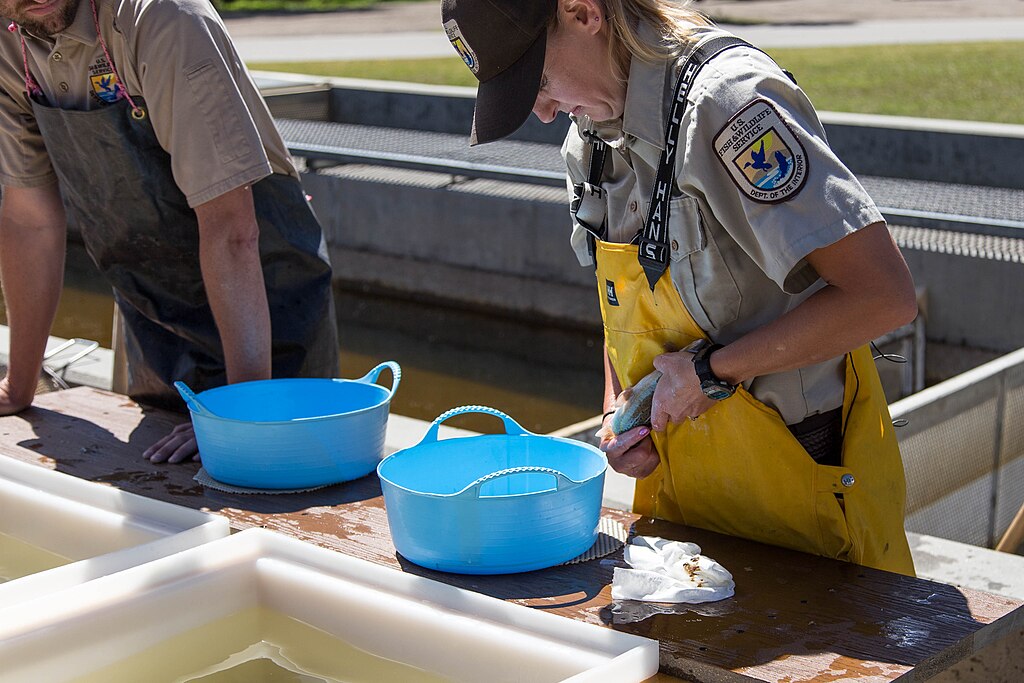
The southern Appalachian brook trout, the only trout species native to the Smokies, has become the focus of intensive conservation efforts throughout the park. These distinctively marked char, with their olive backs, reddish spots, and striking orange fins edged in black and white, once occupied virtually all suitable habitat in the mountains before logging, overfishing, and competition from introduced species reduced their range to just 20% of historical waters. The National Park Service, in partnership with conservation organizations like Trout Unlimited, has implemented ambitious restoration projects involving the removal of non-native rainbow and brown trout from selected streams followed by reintroduction of genetically pure southern strain brook trout. Lynn Camp Prong stands as a restoration success story, now supporting a thriving brook trout population after years of careful management. Anglers can contribute to conservation by practicing catch-and-release for all brook trout, properly reporting any tagged fish, and supporting organizations dedicated to coldwater fisheries conservation.
Planning Your Fishing Trip to the Smokies

A successful fishing expedition to the Great Smoky Mountains requires thoughtful planning to navigate the region’s variable conditions and crowds. Timing significantly impacts both fishing quality and visitor experience, with weekdays in May, September, and October offering ideal combinations of good fishing and moderate crowds. Accommodations range from developed campgrounds like Smokemont and Elkmont that provide convenient access to prime fishing waters, to gateway communities like Townsend, Cherokee, and Bryson City offering various lodging options within minutes of park boundaries. First-time visitors should consider hiring a local guide for at least one day to accelerate the learning curve for reading mountain water and identifying productive techniques. Essential gear beyond fishing equipment includes polarized sunglasses for spotting fish, lightweight rain gear for the Smokies’ frequent precipitation, sturdy wading boots with felt or rubber soles, and bear spray for remote areas where encounters with wildlife are possible.
The Great Smoky Mountains offer a remarkable diversity of fishing opportunities that satisfy anglers of all skill levels and preferences. From the accessible waters of the Little River to the backcountry solitude of Hazel Creek, each watershed presents unique characteristics and challenges. The park’s commitment to conservation ensures these fishing traditions will continue for future generations, while ongoing brook trout restoration efforts add ecological significance to every fishing trip. Whether you’re stalking native brookies in high-elevation streams, pursuing trophy browns in larger rivers, or casting for smallmouth bass in Fontana Lake, fishing the Smokies connects you to both the natural heritage and cultural history of this beloved mountain landscape. As you plan your own Smoky Mountain fishing adventure, remember that the experience transcends merely catching fish—it’s about immersing yourself in one of America’s most precious natural treasures.
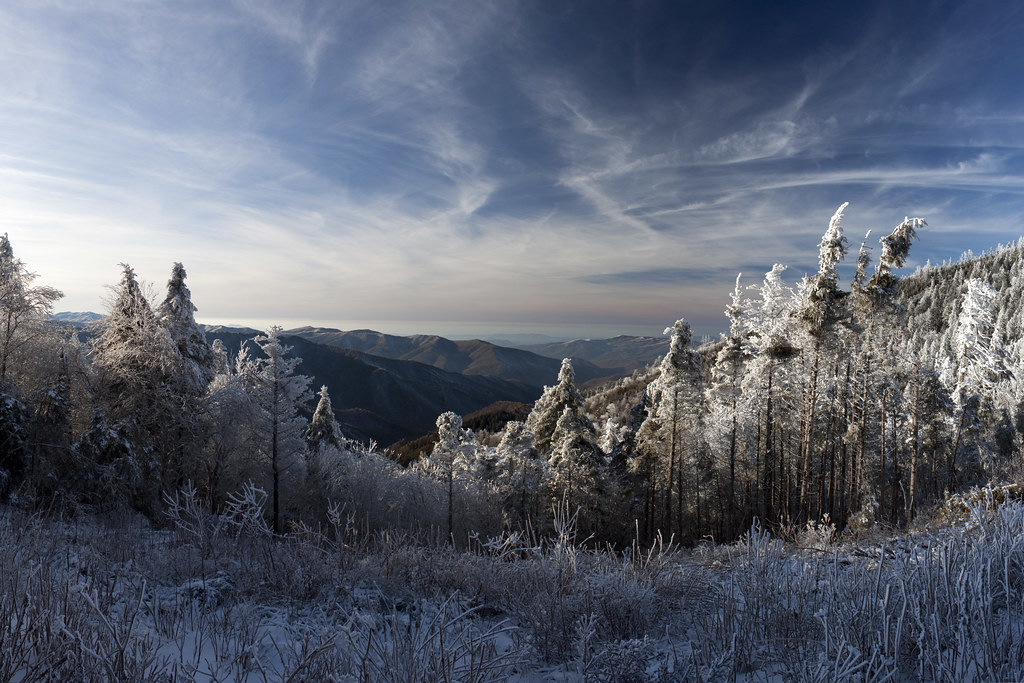
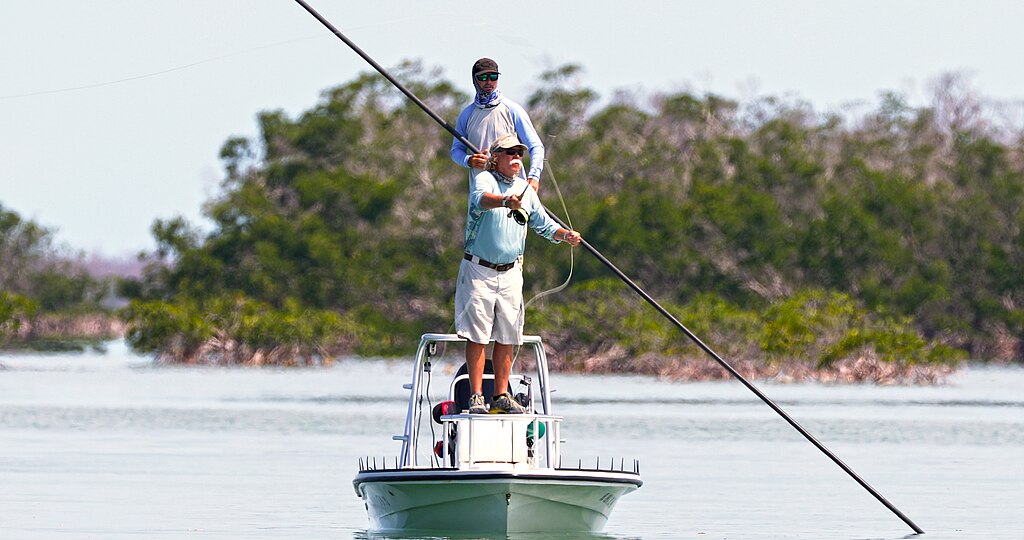

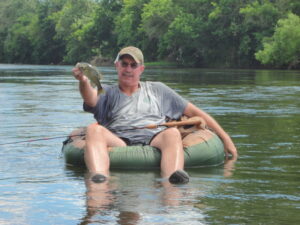
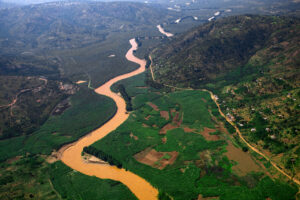








Post Comment